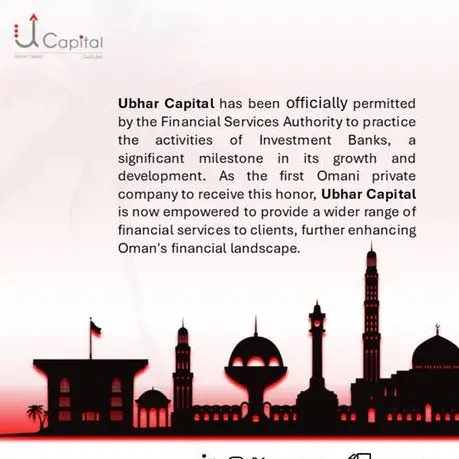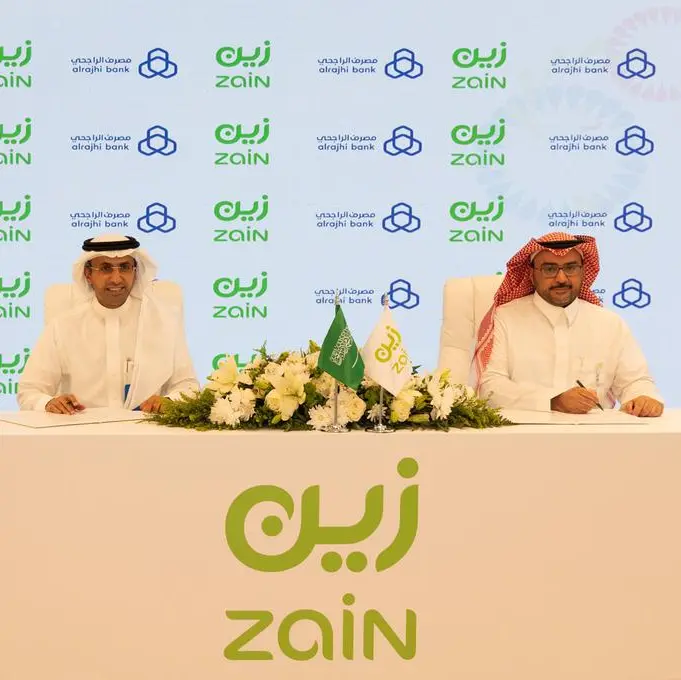PHOTO
- Banks’ asset growth remains robust at 4.4 per cent
- Overall net profit increased 6.7 per cent year-on-year
- Non-performing loan (NPL) ratio for the GCC banking sector reduced by 0.3 per cent to 3.2 per cent
Dubai, UAE: KPMG has released the findings from the third edition of its annual GCC listed banks results report, which analyses the financial results for leading listed commercial banks across the GCC in 2017.
Titled ‘Shifting horizons’, the report shows that banks’ asset growth remains robust at 4.4 per cent, particularly when compared with more developed markets. Growth was driven by increased lending to government and related entities to support national-level growth initiatives.
Driven by the larger GCC economies, overall net profit increased 6.7 per cent year-on-year, compared with a decline in the previous year’s growth rate.
The overall non-performing loan (NPL) ratio for the GCC banking sector reduced by 0.3 per cent to 3.2 per cent. This decline is a result of the more stringent risk policies adopted by banks in recent years, given regulators’ focus on credit.
GCC banks are concentrating on cost reductions and operating efficiency, mainly through digital innovation and technology initiatives reflected by a drop in cost-to-income ratio (CIR).
Further, increased capital raising activity in 2017 was visible in the average total capital adequacy ratio (CAR), which now stands at over 18.7 percent, well above the minimum regulatory requirement for all GCC countries.
Meanwhile, factors pressurizing banks were lower Return on Equity (RoE) as equity balances increased at a higher rate compared with profit growth rates. Profitability was also impacted due to margin compression arising from higher funding costs, given the greater competition on the liability side of banks’ balance sheets.
Further, the adoption of International Financial Reporting Standards 9 from 1 January 2018 is likely to have an adverse impact on banks’ common equity tier (CET) 1 ratios and, in turn, impact profitability, as the cost of risk increases under the new accounting rules.
Emilio Pera, Head of Financial Services for KPMG Lower Gulf, said: “This year’s results have demonstrated the GCC banking sector’s resilience and ability to weather political and economic challenges in the region and across the globe. Overall, it looks like banks have performed well in 2017, although growth is still not as high as the sector experienced in recent years, which is reflected in both fundamentals and market sentiment. Looking ahead, we expect that GCC banks will further increase their focus on cost and operational efficiencies to mitigate lower profit growth rates.”
Key findings relating to individual countries include:
UAE
It was a stable year for most of the ten national banks in the UAE analyzed in this report. The results of eight banks improved compared with last year, mainly due to a decrease in impairment charges. Average ROE for these ten banks increased compared with that in 2016 and CIR has slightly increased. Considering the moderate economic growth, higher cost of doing business in the UAE and threat of new entrants disrupting the market, there are expectations of further consolidation in the medium term. Also, banks in the UAE are fast realizing the challenges and opportunities of the fintech revolution with 90 percent of UAE CEOs considering how to integrate basic automation with artificial intelligence (AI).
Oman
In 2017, profitability for listed banks decreased marginally by 0.2 percent. The total credit extended by banks rose 6.4 percent in 2017, though there was pressure on margins due to increasing cost of funds. On average, return on assets (ROA) increased 0.1 per cent and ROE declined from 6.7 per cent in 2016 to 6.6 percent in 2017 due to challenging market conditions. Growth drivers for the country include the continued emphasis on economic diversification under the Ninth Five Year Development Plan and Tanfeedh and the expected new public private partnership (PPP), foreign investment and commercial companies’ laws.
Bahrain
In 2017, all listed retail banks in Bahrain reported an increase in profits versus the previous year, excluding three banks that reported negative growth on profit. Change in ROA from 2016 has been mixed in the range of (1.0)–0.2 percent. ROE in 2017 was in the range of 1.7–15.9 percent, excluding one retail bank, which was negative primarily due to a reorganization carried out by the end of 2016. Looking ahead, structural changes and rebalancing are expected in the funding mix and asset-liability profiles of banks, which could impact net spreads and costs, as a result of the Central Bank of Bahrain issuing consultation papers on guidelines for market risks. Changing regulations are also seen exerting pressure on small and medium-sized banks which could result in some consolidation.
Kuwait
Profits for Kuwaiti banks grew a healthy 8.9 percent (9.4 percent in local currency terms), compared with 2016. This growth was achieved notwithstanding the increase of 7.7 percent (8.1 percent in local currency terms) in total provisions, booked by Kuwaiti banks. The price of Kuwait crude oil is expected to extend gains made in 2017. Rising oil prices have, historically, translated into growth for the banking sector, with liquidity in the banking system likely to increase because of higher government deposits. Further, foreign direct investment is expected to gain pace with Boursa Kuwait attaining Emerging Market status from FTSE Russell.
Saudi Arabia
Profitability for the listed banks in 2017 increased by 8.7 percent, driven by a slight increase in the total asset base, an increase in the SAIBOR rate during 2017 which improved margins, and a slight reduction in operating expenses. Apart from the string of reforms that may drive changes in the economy, the banking sector specifically is also likely to see some significant developments with the Saudi Arabian Monetary Authority finalizing the Cyber Security Framework for Saudi Arabian banks, and the expected issue of new banking licenses in 2018 to foreign financial institutions.
Outlook for GCC banking sector
Banks may have to become more customer-focused in the way they manage customer satisfaction and relationships and, in turn, aim to develop internal KPIs to monitor progress. They may also have to implement innovative technologies to improve the ways in which customers engage with them, in particular, through mobile applications.
Banks in the region are already ramping up their efforts around ‘digitization’ to keep pace with the evolving needs of their customers, remain relevant, and reduce internal costs. Meanwhile, it is expected that regulators in the region will continue to raise the bar when it comes to corporate governance regulations, particularly as the region’s banking sector becomes more prominent on a global scale.
-Ends-
© Press Release 2018










